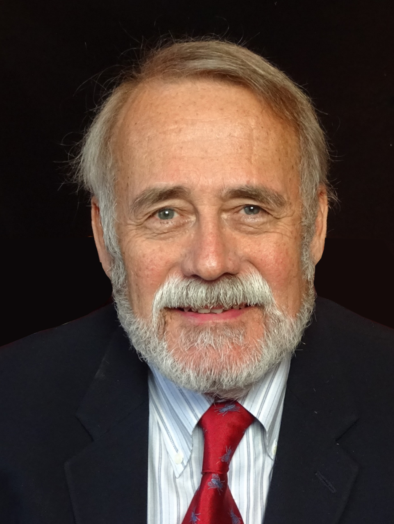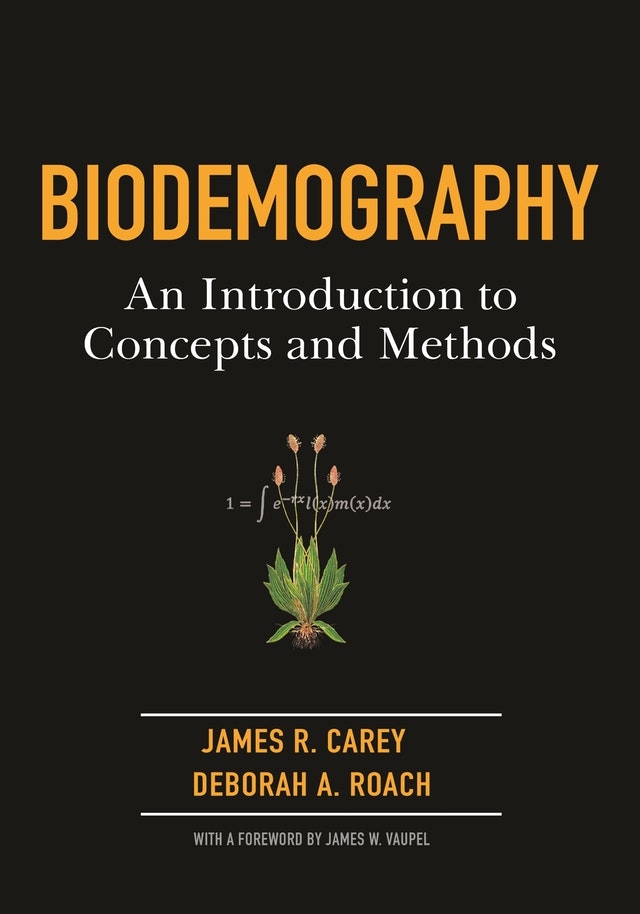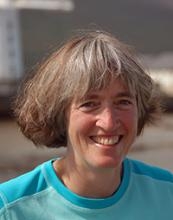
Distinguished professor James R. Carey of the UC Davis Department of Entomology and Nematology, and a senior scholar at the Center on the Economics and Demography of Aging, UC Berkeley, is the lead author of a pathbreaking book on biodemography, an interdisciplinary field uniting the natural science of biology with the social science of human demography.
The book, Biodemography: An Introduction to Concepts and Methods, is the work of Carey and Deborah Roach, a University of Virginia biology professor and a past president of the Evolutionary Demographic Society. The landmark book will be published Jan. 7 by Princeton University Press.
Carey, one of the founding fathers of the interdisciplinary field and considered the global authority on arthropod demography, describes the field of biodemography as linking a number of professions. “It is an essential resource for demographers, epidemiologists, gerontologists, and health professionals as well as ecologists, population biologists, entomologists, and conservation biologists.
“The book consolidates the literature from three parent paradigms--biology, mathematics, and demography,” said Carey, whose career spans four decades at UC Davis. Critics praise the book as “sweeping and ambitious in scope as it is bold and imaginative in design.”
Impressive
"Impressive" wrote J. W. Vaupel, founding director of the Max Planck Institute for Demographic Research, Germany, in the forward. “The authors aim to enlighten and inspire and they succeed,” Vaupel wrote. He cited the important and innovative ideas, mode of explanation, and the graphic illustrations, all of which make the book “sparkle.”

Topics range from kinship theory and family demography to reliability engineering and tort law, and also demographic disasters such as the Titanic and the destruction of Napoleon's Grande Armée. It also includes an analysis about the Donner Party.
“The Donner Party disaster is one of the best-known stories in American lore,” the authors wrote. “A total of 87 men, women, and children set out for California in wagon trains from Illinois in the summer of 1846, but because of unfortunate mishaps, poor decisions, and bad luck, they became trapped by early heavy snowfall in the eastern Sierra Nevada Mountains in November. Four months later only 48 of the original 87 members of the party arrived in California alive."
The authors point out the differences in survival, “such that the young and old died at higher rates than the middle-aged. Indeed with one exception, no individuals of ether sex beyond 49 years survived. Males not only died at roughly twice the overall rate as females, but many males also died earlier in the disaster period. Third, kinship size and association were important to survival; individuals not associated with a kinship group died at much higher rates than those who were associated with a group.”

When we thumbed through the book this week, we marveled at content. It's definitely a landmark book. We also marveled at the quote that Carey chose for the beginning of the book:
"Pure science is like a beautiful cloud of gold and scarlet that diffuses wondrous hues and beams of light in the west. It is not an illusion, but the splendor and beauty of truth. However, now the cloud rises, the winds blow it over the fields, and it takes on darker, more somber colors. It is performing a task and changing its party clothes—think of it as putting on its work shirt. It generates rain that irrigates the fields, soaking the land and preparing it for future harvests. In the end it provides humanity with its daily bread. What began as beauty for the soul and intellect ends by providing nourishment for the humble life of the body."--José Echegaray, Literature Nobel Laureate (1904), cited in “Advice for a Young Investigator” by Santiago Ramón y Cajal (1916, p. 26), Physiology and Medicine Nobel Laureate (1906).
Carey, who holds a doctorate in entomology from UC Berkeley and studied population biology for a year at Harvard while working on his doctorate, joined the UC Davis Department of Entomology in 1980. He served as the principal investigator of a 10-year, $10 million federal grant on “Aging in the Wild,” encompassing 14 scientists at 11 universities.
Highly honored for his research, teaching and public service, Carey is a fellow of four organizations; American Association for the Advancement of Science, Entomological Society of America, California Academy of Science and the Gerontological Society of America.
(Editor's Note: To purchase the book, access the Princeton University Press website.)